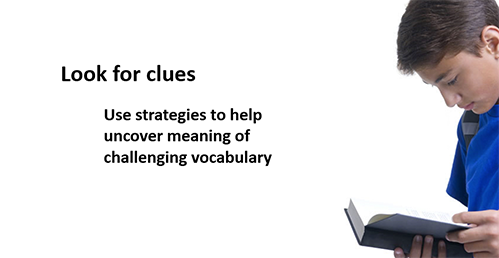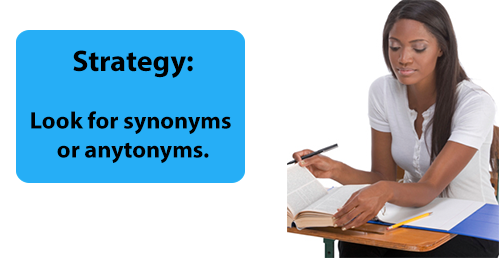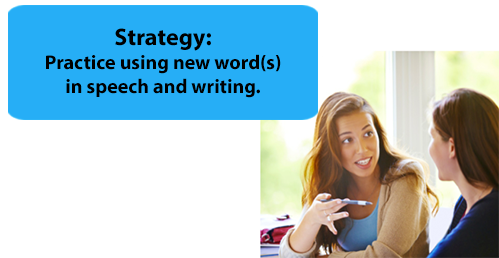Learn It
Explore the slideshow below to learn how to identify the meaning of domain-specific words and phrases using context clues given by the author. You will also learn how to use synonyms and antonyms as well as common prefixes and suffixes to aid in determining the meaning of vocabulary. You will learn how to consider any visual information and how it affects your understanding of important vocabulary words. Finally, you will learn how to demonstrate your understanding of newly acquired vocabulary.


















